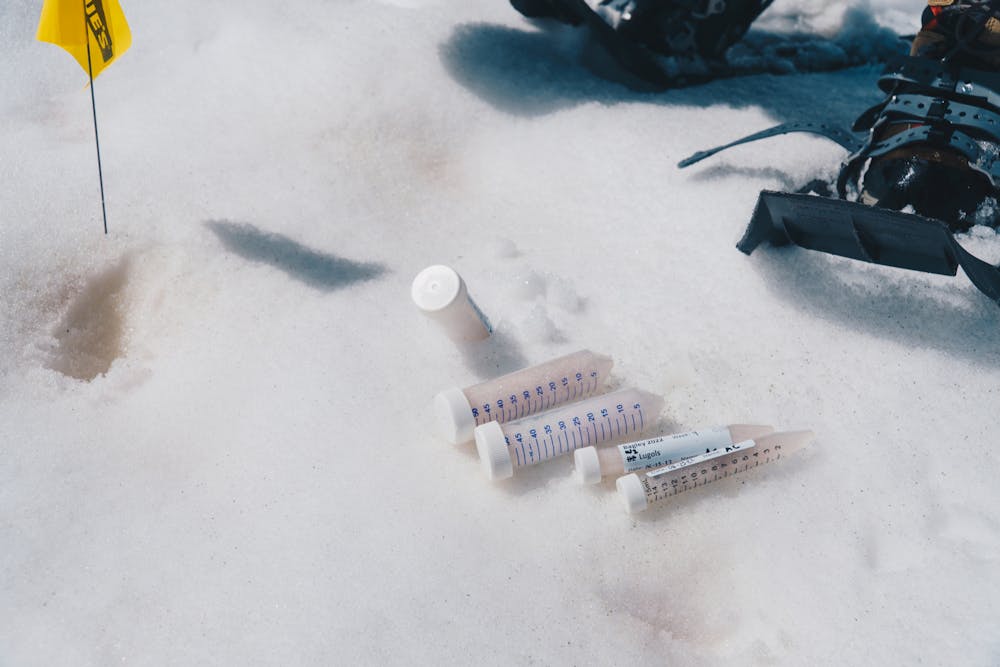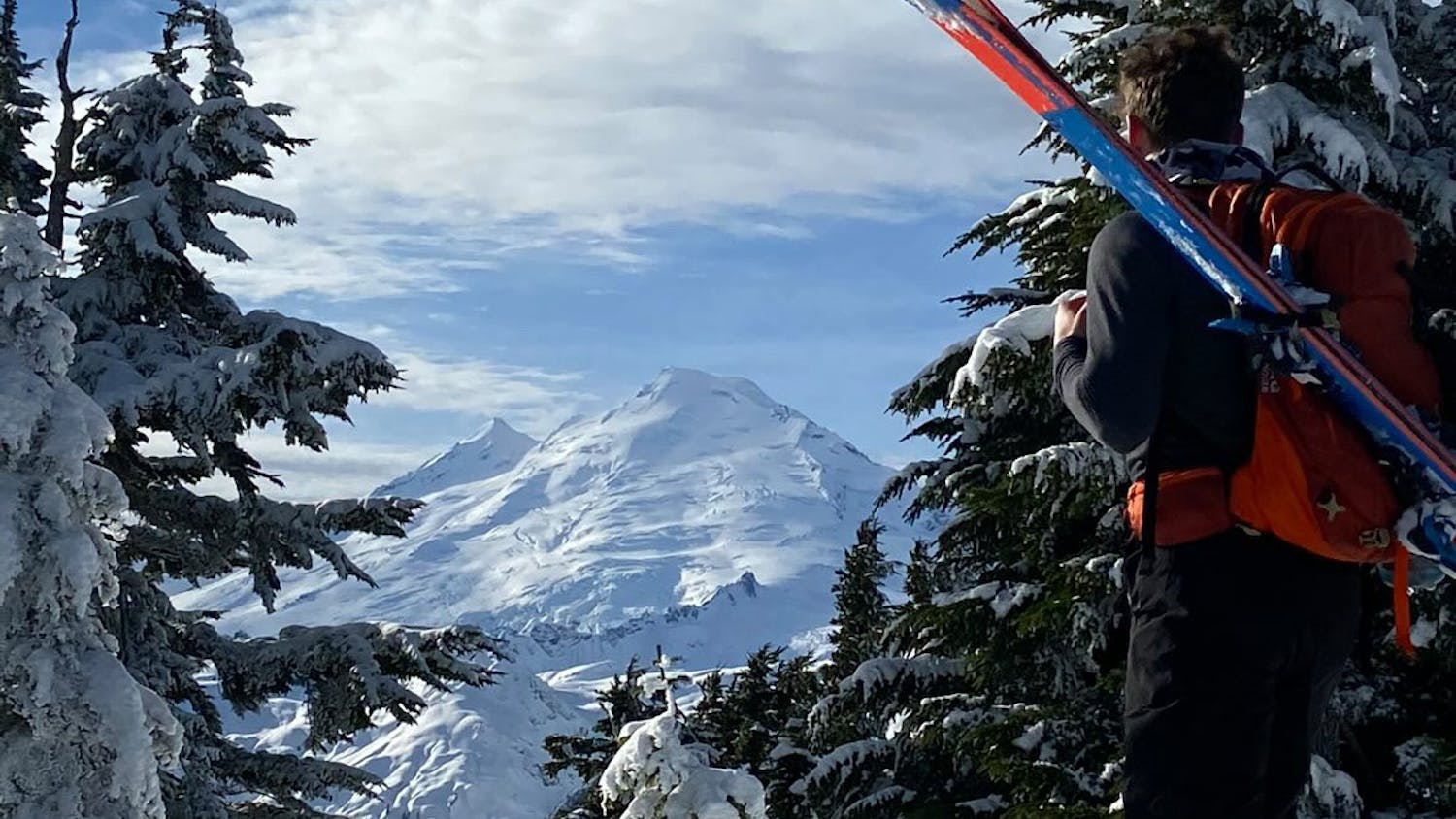You’ve heard of white snow, you’ve heard of yellow snow ... but have you heard of pink snow?
Outdoor enthusiasts are likely to come across this pink snow on Mount Baker during a late spring run down the mountain.
The phenomenon is caused by algae blooms and can be seen across mountainous regions around the world, including at Mount Baker, during late spring and summer.
Western Washington University environmental science professor Dr. Robin Kodner is the founder of the Living Snow Project, which is focused on studying causes and effects of the pink snow phenomenon.
“It's exciting stuff to be in the early stages of it,” said Honu Pata, Living Snow Project team researcher.
Program coordinator Clare Hanneman, who is an undergraduate student at Western, said snow algae is natural and has always been there.
Snow algae can be pink, red, yellow, orange and green. The Living Snow Project has seen that algae bloom is making the snow melt faster as the pink snow absorbs the sun more.
“What makes the snow algae appear in different colors is the pigment they use to protect themselves from the intense rays of the sun,” Hanneman said.
“It is a single-celled green algae that lives in … slushy spring snow,” Hanneman said.
While the Living Snow Project team works in the lab to study pink snow, it’s volunteers that go on mountain adventures to collect these snow samples.
The group has developed an app that allows volunteers to select a pickup location to collect a sample tube, go to the mountains in search of pink snow, snap a photo with the location and turn the sample into the lab.
Western Students can visit Backcountry Essentials, located in downtown Bellingham, to pick up a sample tube and begin their hunt for pink snow.
Not everyone is aware of this phenomenon. Rick Eggerth, the chair of the Sierra Club’s Mount Baker Group – a nonprofit helping the fight to end climate change – is one such person.
“I didn't see or hear about it before this,” Eggerth said.
Eggerth has concerns about the way in which algae blooms are causing snow to melt faster and what this could mean for potential flooding.
The Living Snow Project is aware that algae blooms can be harmful. Blooms can cause harm by making toxins. Algae can create a layer that blocks sunlight. Hanneman said there is a general conception that algae blooms are bad, but that does not mean every bloom is harmful.
Not a lot of volunteers collecting samples are students.
“We would love to have more Western students,” Pata said.
To become a volunteer, all you need is a sample bag, the project app and a love for snow. Students can sign up to volunteer here. Happy hunting.






